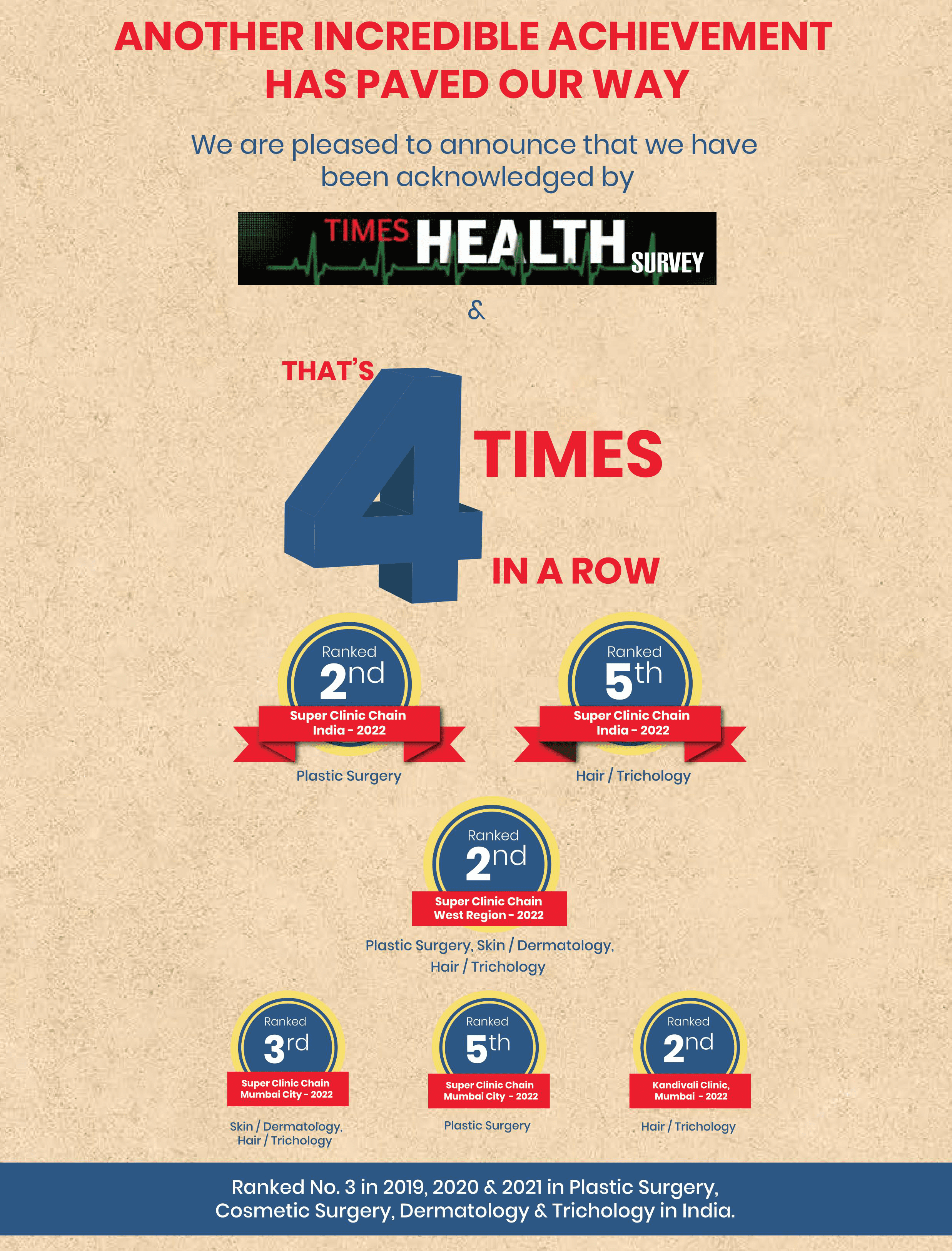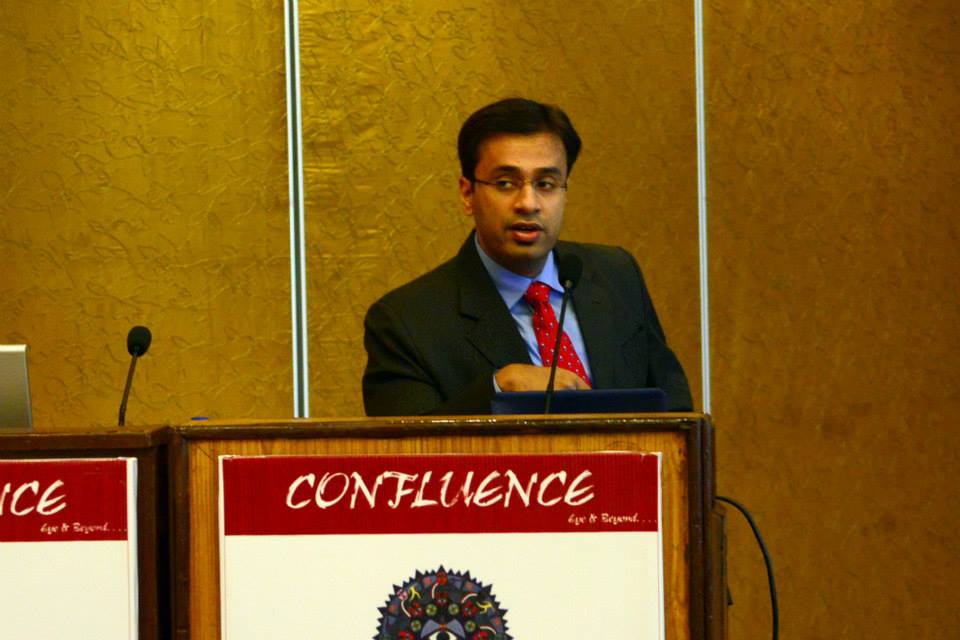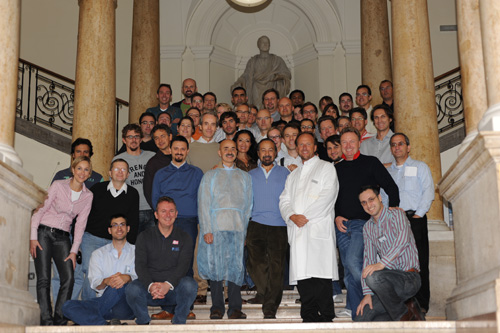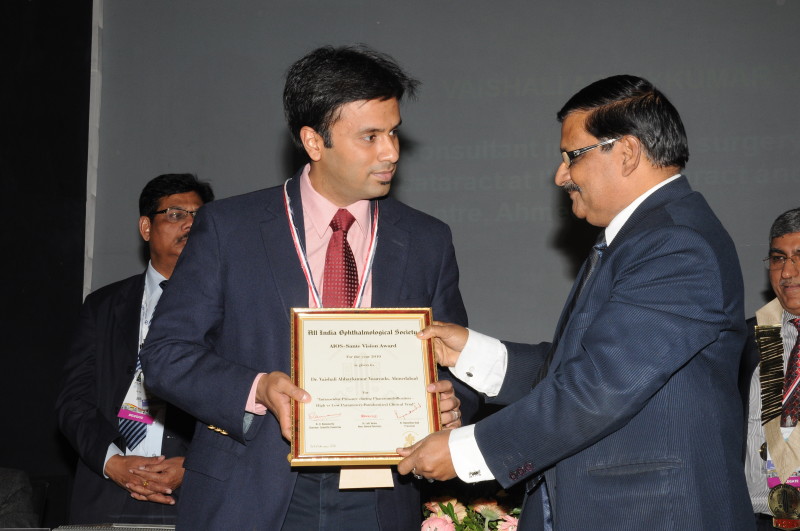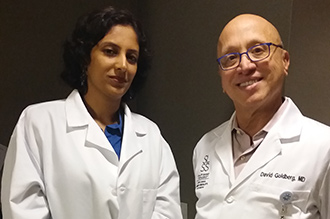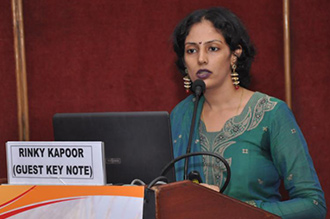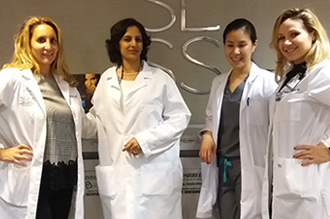Lacrimal surgeries are directed at treating or managing disorders affecting the lacrimal system. The lacrimal system encompasses the area of the eye and eyelids that regulates the production, distribution, and drainage of tears. The lacrimal system is not so spacious; it is for this reason tears trickle down when a person cries – by the way, the system produces tears to lubricate and clean the eyes. A disruption to the anatomical layout of the lacrimal system could, however, have a far-reaching health consequence, and this may inform the need for a surgical procedure. Some of the disorders that can affect the lacrimal system include punctal stenosis, dacryocystitis, eyelid malposition, keratoconjunctivitis, lagophthalmos, blocked tear duct, blepharitis, etc.
External DCR (Dacryocystorhinostomy):
External DCR is recommended for the treatment of blocked tear duct, a condition characterized by the narrowing or scarring of the tear drainage system. Blocked tear duct can be triggered by protracted sinus disease, chemotherapeutic-induced toxicity, and the presence of tumour. As a result of this, tears can overflow onto the face in an uncontrollably manner. External DCR has been highly effective in correcting this defect to restore the full functionality of the tear duct, and it is reported to have more than 95% success rate. In performing external DCR, the surgeon attempts to remove the mucus and fluid that had accumulated in the tear duct while increasing the tear drainage channel – with the enlargement of the lower and upper puncta to aid the positioning of the lacrimal stent.
Endoscopic DCR:
This surgical procedure is used in treating abnormally watery eyes that evolve with persistent eye infections and/or sticky eye discharge. It is also suitable for the management of dacryocystitis which is characterized by the formation of a lump between the eye and the nose. Endoscopic DCR is a minimally invasive procedure that can be performed either under local anaesthesia or general anaesthesia, and it involves the use of a telescope that is passed through the nose with a new channel created between the tear sac and the inside of the nose – this presents a bypass that guarantees the normal drainage of tears. A specialized tube is usually placed in the tear duct and this is left for between 6 – 12 weeks – depending on the rate of recovery. There are three approaches used when performing endoscopic DCR – pre-lacrimal, lacrimal, and retro-lacrimal positions.
Laser DCR:
Laser DCR defines a minimally invasive technique that involves the insertion of a thin tube into the punctum, passing through the canaliculus to the spot where the new tear drain will be opened. After the initial insertion, a thin optical tube will be used to transmit laser energy to carry out osteotomy – a procedure wherein the bony and soft tissue will be cut through right into the nose thus enlarging the tear drain opening to create a new drain channel. This procedure is usually performed under local anaesthesia, and done with the aid of a nasal endoscope. Laser DCR minimizes the loss of blood, and it is quite straightforward. The probability of having scars on the face is also reduced as it does not involve making incisions, but there have been reported cases of burns around the nose as a result of the laser energy used – this is, however, a rare occurrence.
CDCR (Conjunctivodacryocystorhinostomy):
CDCR is vastly used in the treatment of canalicular obstruction which may arise due to past surgeries, trauma, or as a result of using specific medications. This procedure entails the creation of a new tear pathway with communication between the nose and ocular surface being restored. The CDCR procedure is particularly essential in instances where the trauma to the canaliculus makes reconstruction unachievable, as well as when there is tumour in the inner corner of the eyelids. Oculoplastic surgeons have also often recommended in cases of severe canalicular obstruction and punctal agenesis. CDCR surgery can be achieved through the endoscopic or external technique. The endoscopic approach is usually preferred due to how it promotes better tube positioning and ensures quick recovery as there are lesser surgical manipulations compared to external CDCR. The contraindications for CDCR surgery include severe nasal deformity, scarred medial canthus, severe eyelid deformity, mental disorders, and poor systemic health.
DCT (Dacryocystectomy):
DCT procedure is adopted in the management of a lacrimal sac tumour, and it has to do with totally extirpating the lacrimal sac along with the whole of the nasolacrimal duct. Other indications for DCT surgery are dacryocystitis emerging with other underlying medical conditions like mucous membrane pemphigoid, cardiac comorbidities, severe dry eyes, severe trauma, and certain autoimmune disorders. DCT surgery is also seen as the most appropriate treatment for elderly dacryocystitis patients with advanced cataracts, microbial keratitis, and neurological comorbidities. There are two forms of DCT procedure – extended dacryocystectomy and endoscopic dacryocystectomy. DCT surgical procedure may be combined with DCR to achieve better treatment outcomes for blocked tear duct and lacrimal sac infection.
Balloon Dacryoplasty:
This procedure is used in the treatment of nasolacrimal duct obstruction, and it involves the use of pressure from a balloon to open and expand the blocked tear duct. It does not require making an incision as a thin wire [having a deflated balloon] is inserted through the hole in the corner of the eye. The balloon is threaded through to the blocked area where it is then inflated to open up the (blocked) area. After this is done, the balloon will be deflated and taken out along with the wire.
Lester Jones Procedure:
Lester Jones’ Procedure is recommended for cases where DCR procedure has failed to yield a positive outcome in the treatment of canalicular disorder. By the way, the Lester Jones tube is made of markedly polished Pyrex and has a length of 1cm and a width of 3.5 – 4mm. That said, the Lester Jones procedure is normally done after DCR surgery and can be performed under local anaesthesia or general anaesthesia. A track is created between the inner corner of the eyelids and the nasal passage, and the tube is passed over a blunt-tipped guide wire to ensure alignment with the predefined track. The procedure is carried out with the aid of an endoscope which is passed through the nose, meaning there is no need to make any skin incision. Septoplasty may, however, be required for nasal space improvement in instances where there is profound nasal septum deviation.
Your first appointment with the surgeon is vital to designing a comprehensive lacrimal surgery course for you. Besides, it is only after thorough and/or extensive physical and diagnostic examinations that the surgeon will be able to ascertain the kind of lacrimal surgery that would be suitable for you. Again, you will be provided with specific instructions on how best to prepare for your operation. For instance, you are expected to discontinue smoking and certain medications (e.g., blood-thinning drugs, anticoagulants, etc) some couple of weeks before the date set for your surgery.
Your adherence to specific instructions given by the surgeon, as well as other critical measures will determine the speed of your recovery. While the steps may vary based on the type of (lacrimal) surgery that was performed on you, the need to take your medications cut across all cases. Likewise, the surgeon will have you come back to the clinic [at various times] for follow-up. Besides these, you may need to avoid blowing your nose for the next couple of weeks after surgery and also desist from rubbing the surgical area in order to place strain on it or the stent that had been inserted.
Different lacrimal surgeries are replete with several intricate steps that must be done with tremendous care and professionalism. And, in case you are wondering, “where can I get a top lacrimal surgery clinic near me to address this blocked tear duct issue?”, you need not search any further as The Esthetic Clinics is equipped with the right facilities to deliver quality lacrimal surgery treatment services to you. With our team of experienced specialists, led by highly revered, Dr. Shome Debraj – a certified cosmetic surgeon and oculoplastic surgeon – you will surely have your lacrimal surgery in India without any havoc. We can only guarantee you quality care that we appreciably take care of your condition – nasolacrimal duct obstruction. We look forward to assessing your case to design an excellent lacrimal surgery treatment regimen for you.
It is not in our habit to put out an impression that would be misleading to our prospective patients. This is even more tenable considering the many steps that are involved in this particular procedure. Owing to this, the cost of lacrimal surgery, as your case is concerned, can only be given with assuredness if we can comprehensively evaluate your situation. Notwithstanding, you should bear in mind that factors such as the extent of tear duct blockage, prescriptions, hospital stay, length of the follow-up session, and the distance between your residence and clinic will influence the price of lacrimal surgery.
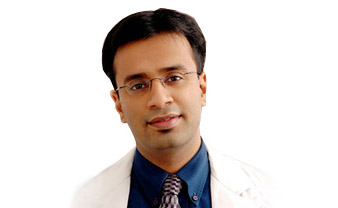

Dr. Debraj Shome is Director and Co founder of The Esthetic Clinics. He has been rated amongst the top surgeons in India by multiple agencies. The Esthetic Clinics patients include many international and national celebrities who prefer to opt for facial cosmetic surgery and facial plastic surgery in Mumbai because The Esthetic Clinics has its headquarters there.
